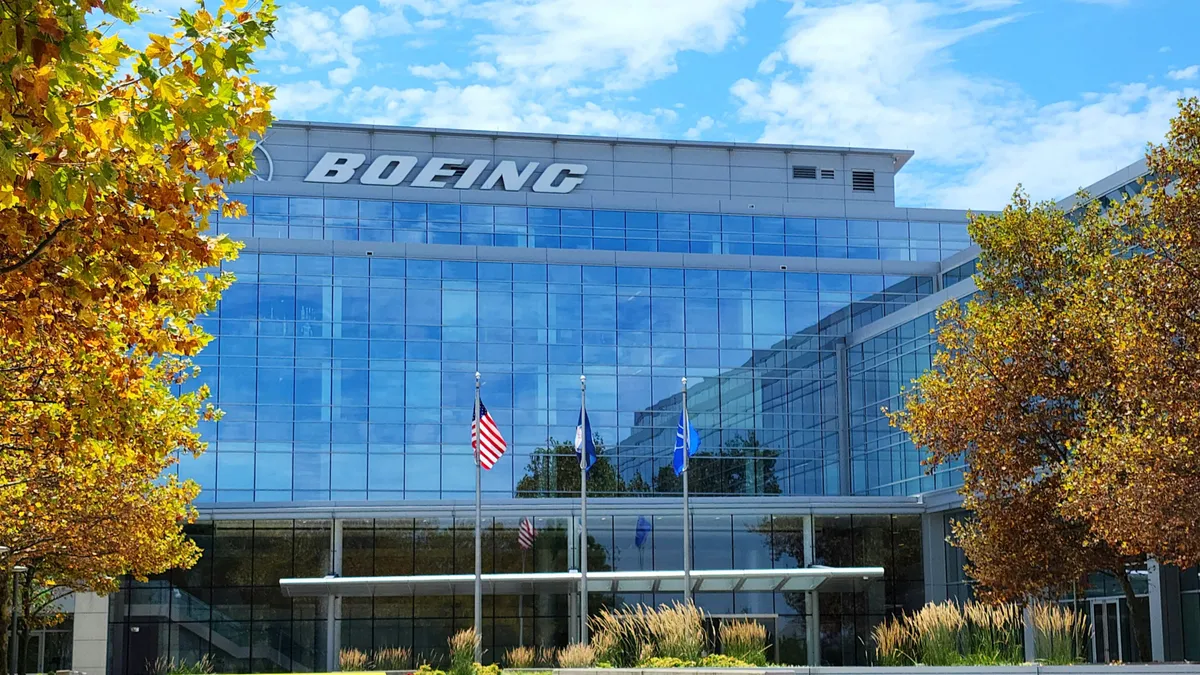The Environmental Protection Agency set final drinking water standards for multiple types of PFAS on Wednesday, marking a significant step in the agency’s ongoing efforts to regulate “forever chemicals.”
This comes the same week the agency released its updated interim guidance on the destruction and disposal of per- and polyfluoroalkyl substances via various technologies. That final step will become a more pressing issue as chemical makers look for ways to manage material containing PFAS.
The agency’s final rule lays out the following limits:
- Enforceable maximum contaminant levels of 4 parts per trillion for PFOA and PFOS.
- Non-enforceable maximum contaminant level goal of 0 ppt for PFOA and PFOS, reflecting that “there is no level of exposure to these contaminants without risk of health impacts, including certain cancers.”
- Enforceable MCL, and a MCL goal, of 10 ppt for PFNA, PFHxS and HFPO-DA, the last of which are also known as “GenX Chemicals.”
- Additional limits for “any mixture of two or more of” PFNA, PFHxS, PFBS and GenX Chemicals.
The rule states that public water systems must complete initial monitoring for the chemicals within three years and inform the public of those results. If PFAS is found at levels that exceed the standards then operators must implement solutions within five years. The agency estimates this will affect 6% to 10% of the United States’ 66,000 public drinking water systems.
“This rule sets forth clear time frames for implementation. And we know it can be achieved using a range of available technologies and approaches that many water systems are using today,” said U.S. EPA Administrator Michael Regan during a Tuesday press call. “We are one huge step closer to finally shutting off the tap on forever chemicals once and for all."
Brenda Mallory, chair of the White House Council on Environmental Quality, estimated during the call that the rule “will protect 100 million people from PFAS exposure” and “prevent tens of thousands of serious illnesses.” Ken Cook, president of the Environmental Working Group, said that the first-ever Safe Drinking Water Act standard for PFAS is a “landmark development in the history ... of environmental law and regulation.”
Last year, the EPA signaled plans to set these limits in a proposed rule. The final rule differs in that it includes MCLs for additional categories of PFAS, among other changes. The rule was originally expected earlier this year, but received final clearance from the federal Office of Management and Budget in late March.
PFAS, commonly referred to as “forever chemicals,” is a category of material used for decades in cookware, clothing, firefighting foam and other applications. While its use has been phased out in some cases, a wide swath of the population has been affected, and Regan said this can lead to “serious illnesses including cancer, liver damage and high cholesterol.”
Regulation has been looming for years but saw limited traction during the Trump administration. The issue has been a focus for the Biden administration, including the EPA’s Regan, who has experience with PFAS-affected communities in his home state of North Carolina.
The new rule comes months after the EPA implemented a regulation requiring manufacturers that produce, use or import PFAS to submit more information to the agency that can help it research, monitor and regulate the toxic substances.
Sara Samora contributed to this story.













